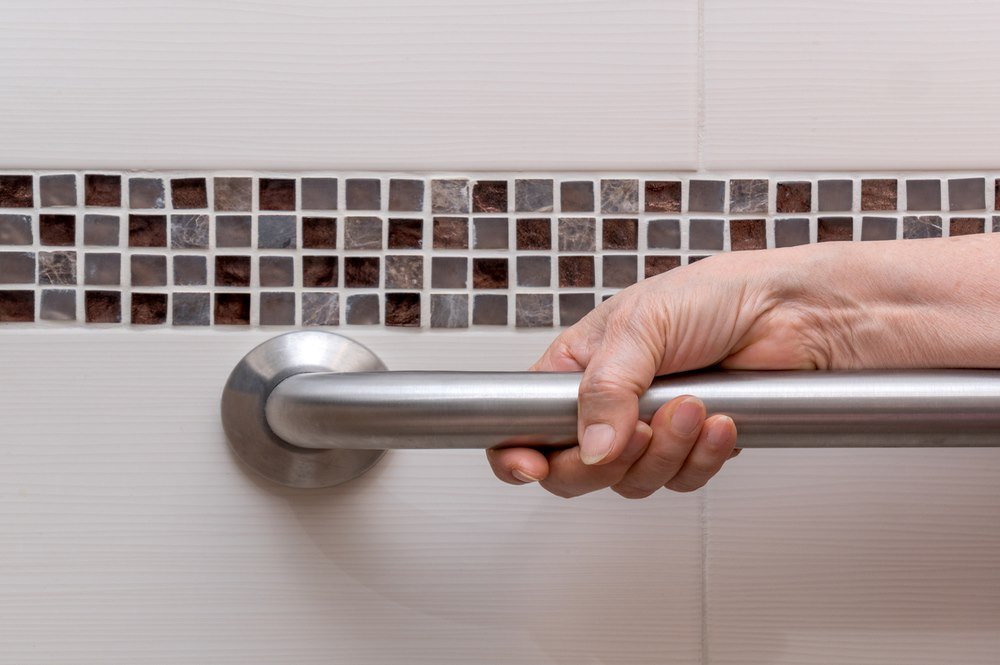Living with osteoporosis and Prevention

Adequate calcium intake
Calcium is required for bone formation and structuring. The food we consume is the only way our body receives calcium. If the body faces any sort of calcium deficiency, the parathyroid hormone is released which triggers the osteoclast to remove calcium from the bones into the blood which result in brittleness. Foods and supplements rich in calcium, for example, milk and cheese etc. should be consumed for proper bone development
Enjoy Sunshine

Sunshine is the major source of vitamin D. Vitamin D is a chief element which helps the bones absorb calcium from food. The UVA and UVB radiations from the sun for a little while are enough to fulfil the body’s vitamin D requirement. But an overdose of these radiations can result in tanning and sunburns, which might cause cancer in the long run.
Medication Compliance

Osteoporosis should be treated as soon as possible before it causes any sort of permanent damage. The osteoporosis medication balances the rate of reformation and resorption. However, it is difficult for most patients to observe regularity in medication because of their side effects for example dizziness, heartburns etc. The healing process of osteoporosis lasts from 3 to 12 months.
Get a support circle

Due to the long recovery period people can get discouraged and might start thinking to discontinue the treatment, which might result in hospitalization and osteoporotic fracture. A community involving people with the same problems and experiences might encourage them to continue the treatment. People who have recovered from osteoporotic fractures can guide the people, who are still in the recovery phase, about their experiences so that they can avoid mistakes and stick to the treatment.
Prevent falls

Bone fracture can happen even with a minor accident for anyone who is suffering from osteoporosis. Round edged furniture, carpeted floor and stairs are better for people with osteoporosis in order to avoid any serious impact from a fall. Avoid the use of stairs and make sure each part of the house is properly lit. An Exercise involving fracture risk should be avoided. Shoes with rubber soles are best for walking properly as they have a better gripping tendency. Installing handrails on stairs can help preventing falls.
Physiotherapy

Physiotherapy is a good alternative of exercise for people with osteoporosis as it keeps the limbs of the body in motion and increases blood circulation in the body. Physiotherapy is necessary after fracture in order to restart the movement of that particular part. Physiotherapy helps in maintaining good bone health with very less effort. It also prevents any further bone loss, and improves stability in order to avoid or survive falls with bone injury.
Regular Checkup

Regular checkups are necessary for people dealing with osteoporosis. The bone density test shows if the bone is strengthening or further deteriorating. Regular checkup keeps the patient updated about the bone density level. Checkups also help the patient to stay motivated and passionate about the recovery. It also helps the doctor for prescribing proper medication to the patients.
References
- https://www.osteoporosis.foundation/facts-statistics/epidemiology-of-osteoporosis-and-fragility-fractures
- https://www.ncbi.nlm.nih.gov/pmc/articles/PMC7415937/#:~:text=Osteoporosis%20is%20a%20metabolic%20bone,increasing%20the%20risk%20of%20fractures.
- https://www.mayoclinicproceedings.org/article/S0025-6196(11)62214-3/fulltext
- https://academic.oup.com/jcem/article/86/11/5227/2849361?login=true
- https://pubmed.ncbi.nlm.nih.gov/22887731/
- https://www.medscape.com/answers/330598-82980/what-are-the-types-of-primary-osteoporosis
- https://www.ncbi.nlm.nih.gov/pmc/articles/PMC6225907/
- https://www.healthline.com/health/osteoporosis-symptoms
- https://academic.oup.com/jcem/article/82/8/2386/2877617
- https://link.springer.com/article/10.2165/00024677-200403020-00006
- https://www.ncbi.nlm.nih.gov/pmc/articles/PMC4625766/
